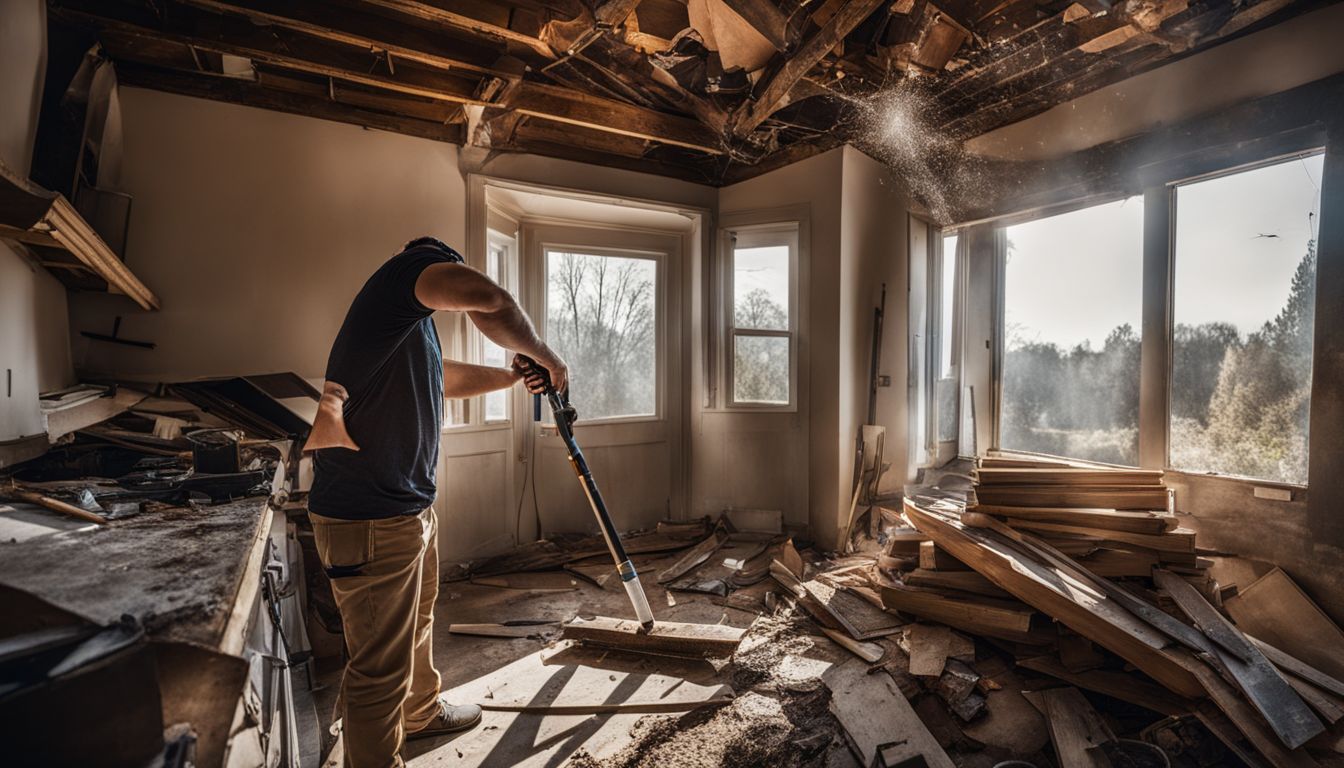Category: Home Improvement
-

7 Free Grants for Homeowners for Repairs
Many homeowners face the challenge of needing home repairs but not having enough money. Trust me: I have so many projects to do around the house and I know how quickly the costs can add up. Here’s a fact worth knowing: There are free grants available to help with this. In this post, we examine…
-
$10,000 Grant for Home Improvement
Your Complete Guide Below! Home improvements can be costly, leaving many homeowners searching for financial assistance. This year, I’ve got to get my driveway repaved and repair the siding on my house. What a bummer. If you need some extra cash to pay for these kinds of projects, one option is the $10,000 grant for…
